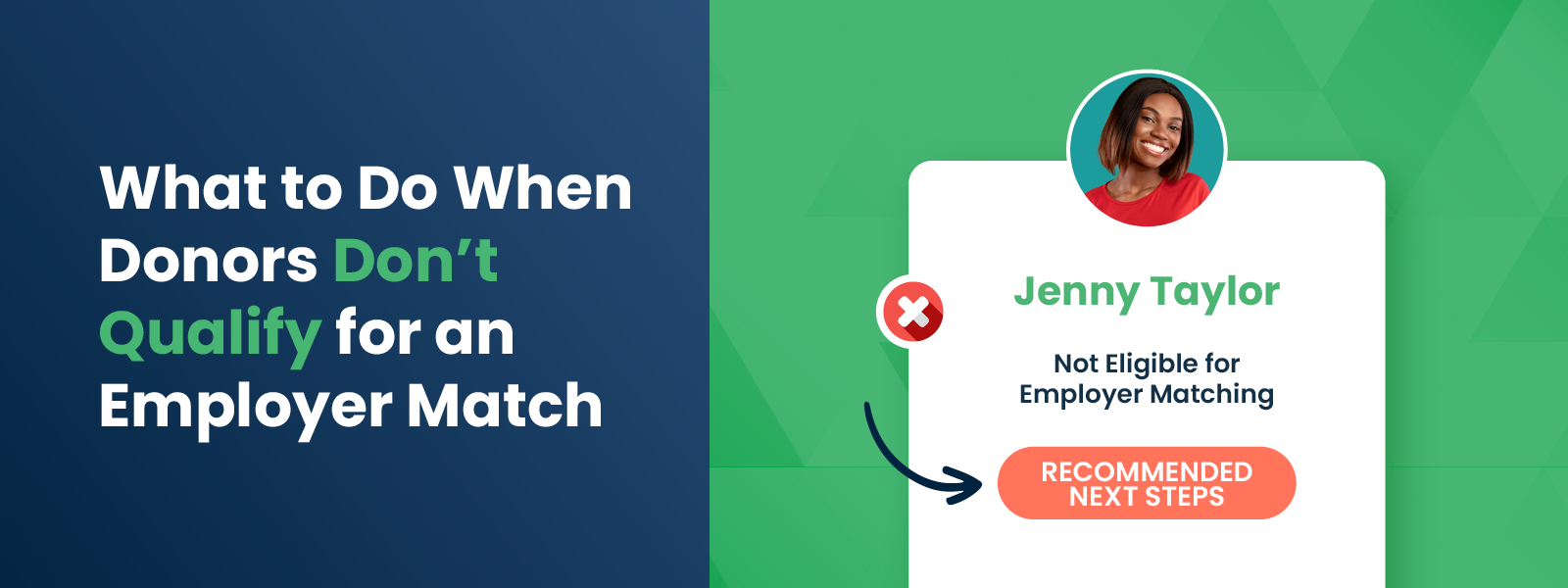
What to Do When Donors Don’t Qualify for an Employer Match
Donors who don’t qualify for an employer match might initially…
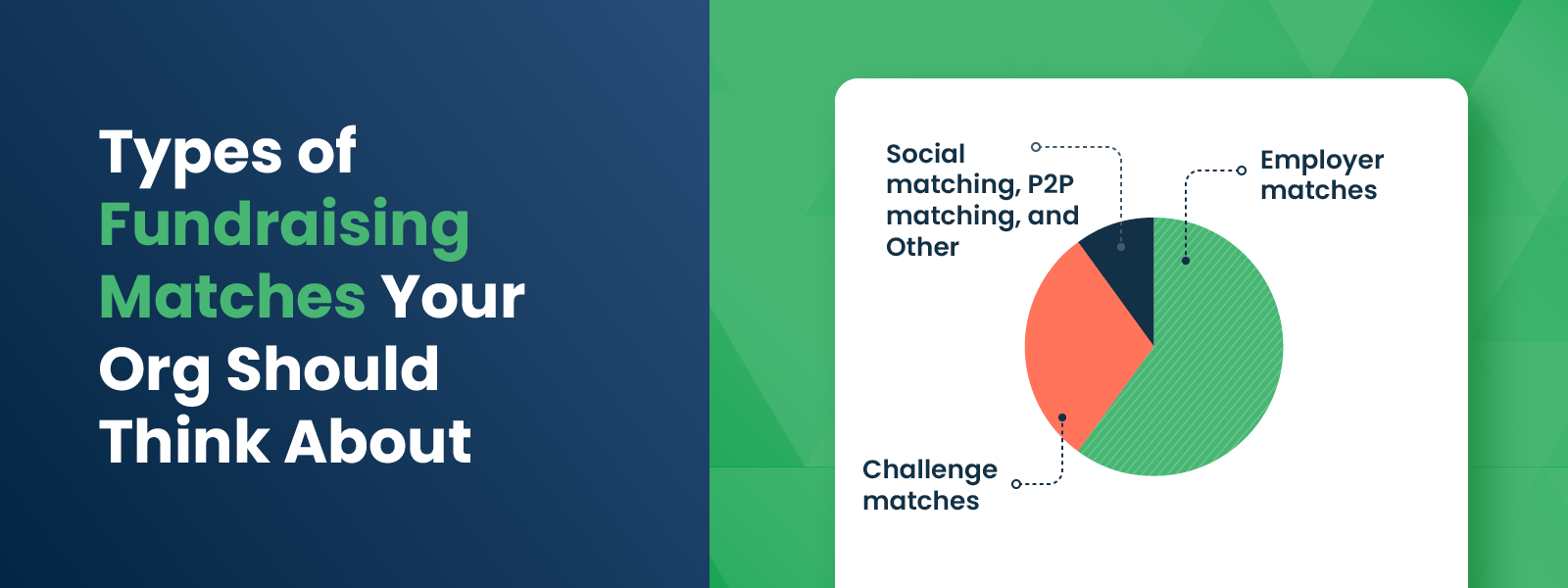 https://doublethedonation.com/wp-content/uploads/2025/10/DTD_Types-of-Fundraising-Matches-Your-Org-Should-Think-About_Feature.png
600
1600
Adam Weinger
https://doublethedonation.com/wp-content/uploads/2025/11/DTD-horizontal-logo-300x63.png
Adam Weinger2025-10-27 18:37:112025-11-21 07:06:14Types of Fundraising Matches Your Org Should Think About
https://doublethedonation.com/wp-content/uploads/2025/10/DTD_Types-of-Fundraising-Matches-Your-Org-Should-Think-About_Feature.png
600
1600
Adam Weinger
https://doublethedonation.com/wp-content/uploads/2025/11/DTD-horizontal-logo-300x63.png
Adam Weinger2025-10-27 18:37:112025-11-21 07:06:14Types of Fundraising Matches Your Org Should Think About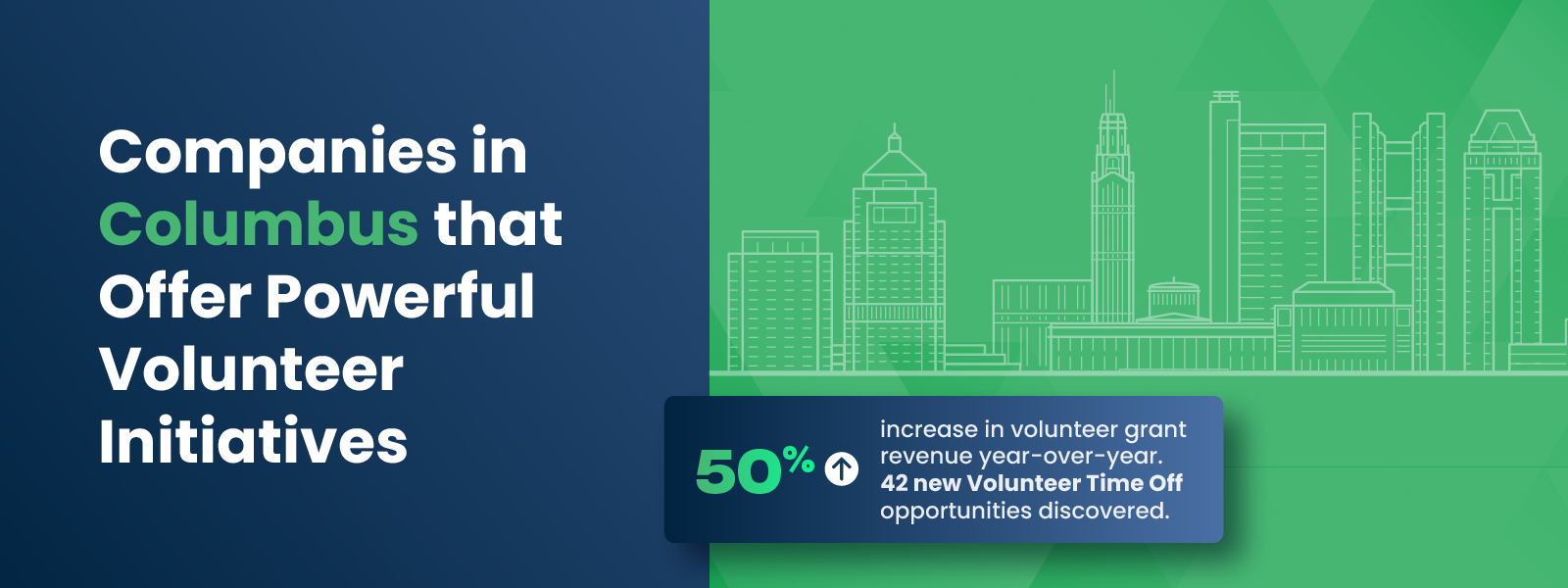
Companies in Columbus that Offer Powerful Volunteer Initiatives
Columbus, Ohio, stands as a vibrant and growing metropolitan…
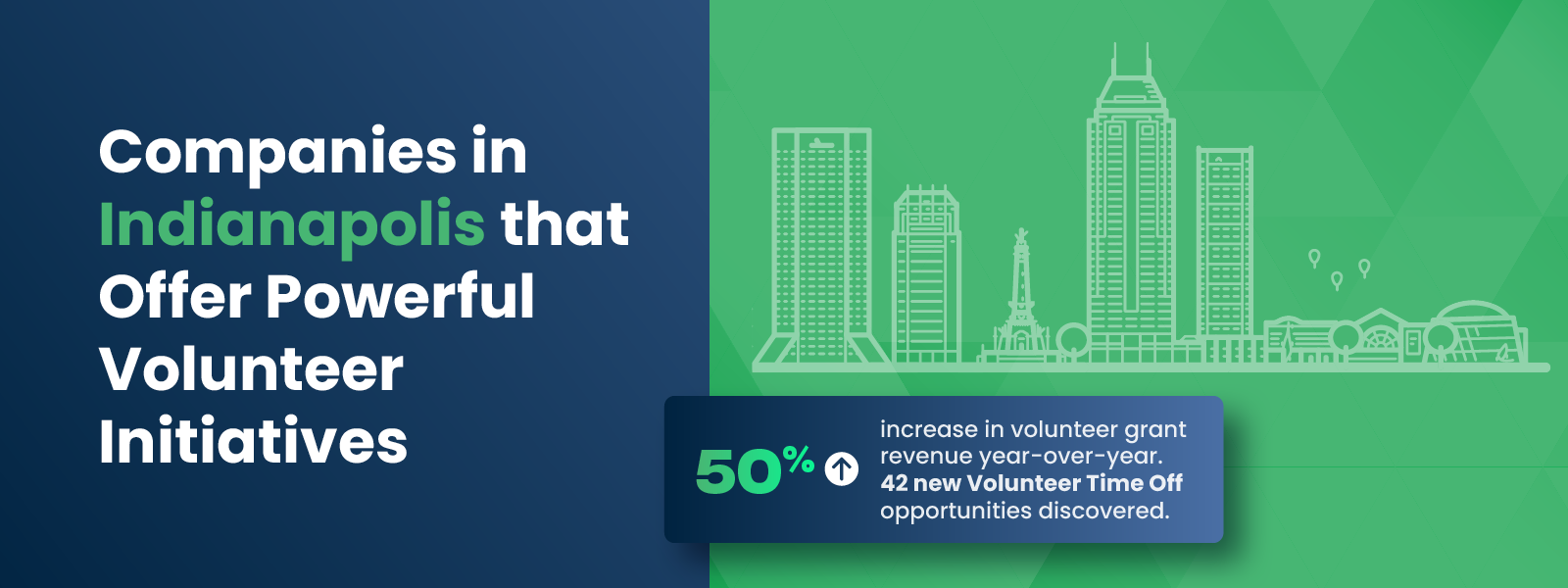
Companies in Indianapolis that Offer Powerful Volunteer Initiatives
Indianapolis stands as a vibrant city known not only for its…
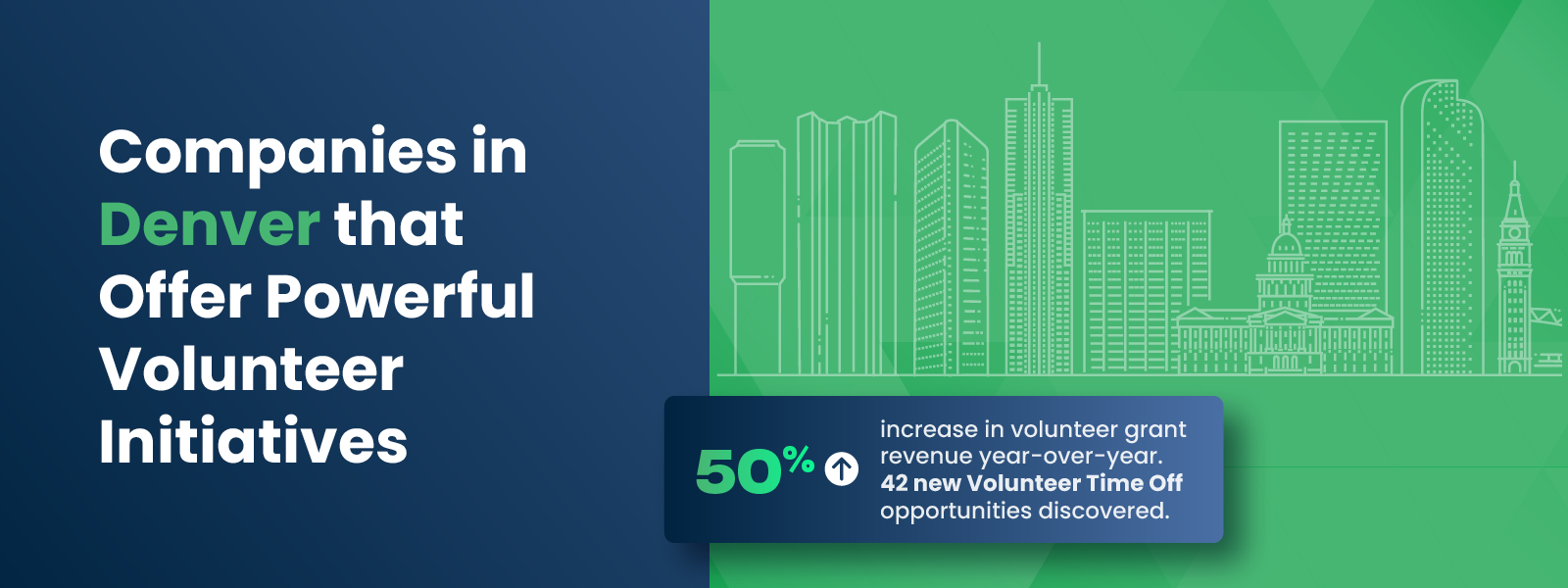
Companies in Denver that Offer Powerful Volunteer Initiatives
Denver, Colorado, is not only known for its stunning mountain…
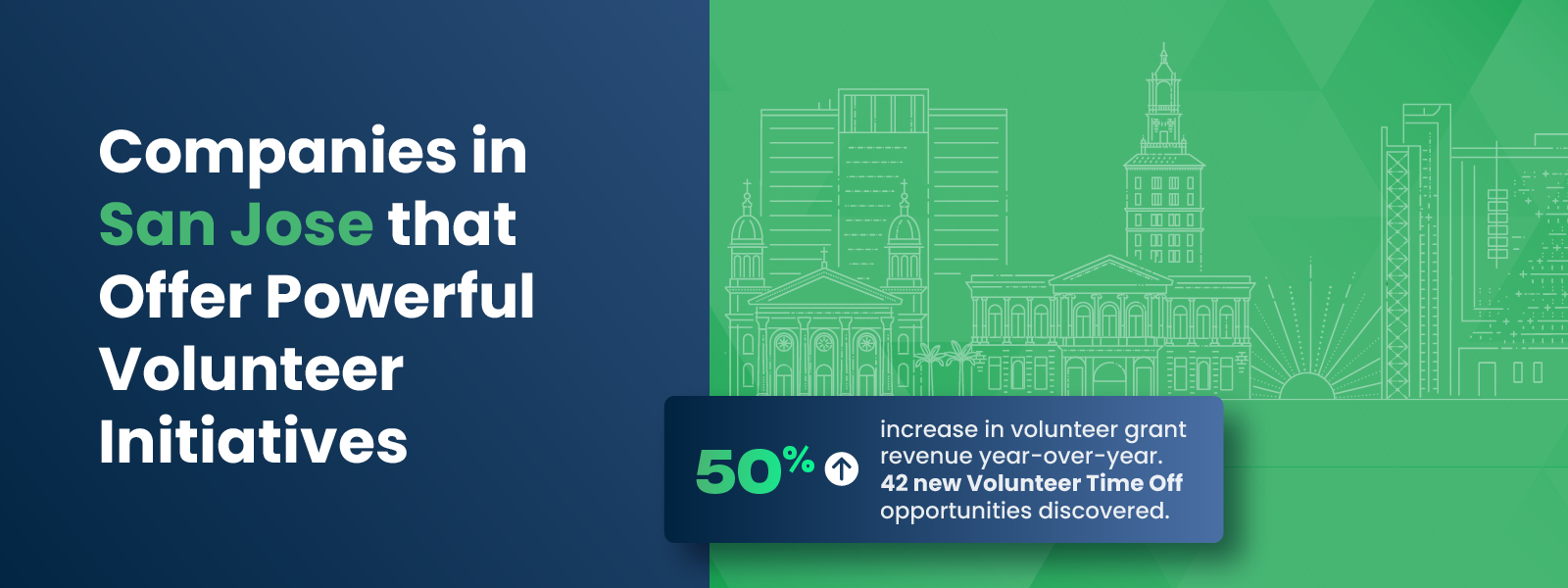
Companies in San Jose that Offer Powerful Volunteer Initiatives
San Jose stands as a vibrant epicenter of innovation and economic…
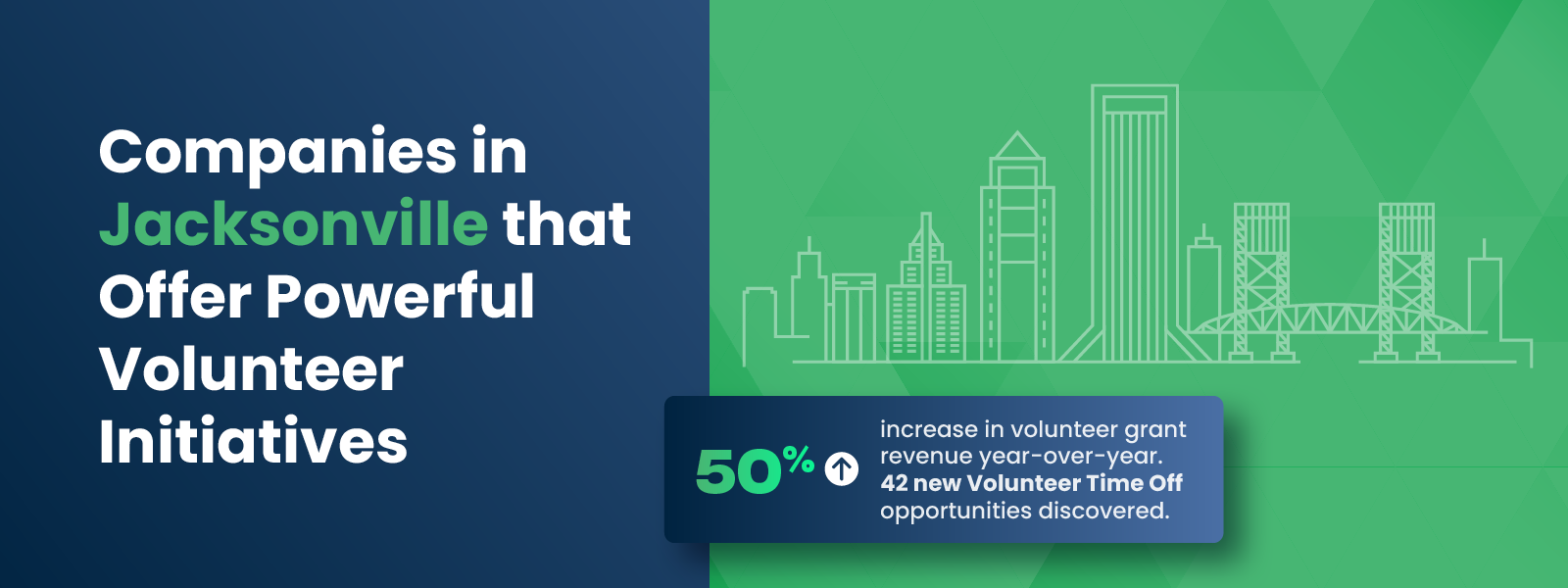
Companies in Jacksonville that Offer Powerful Volunteer Initiatives
Jacksonville, Florida, is a vibrant, growing metropolitan area…
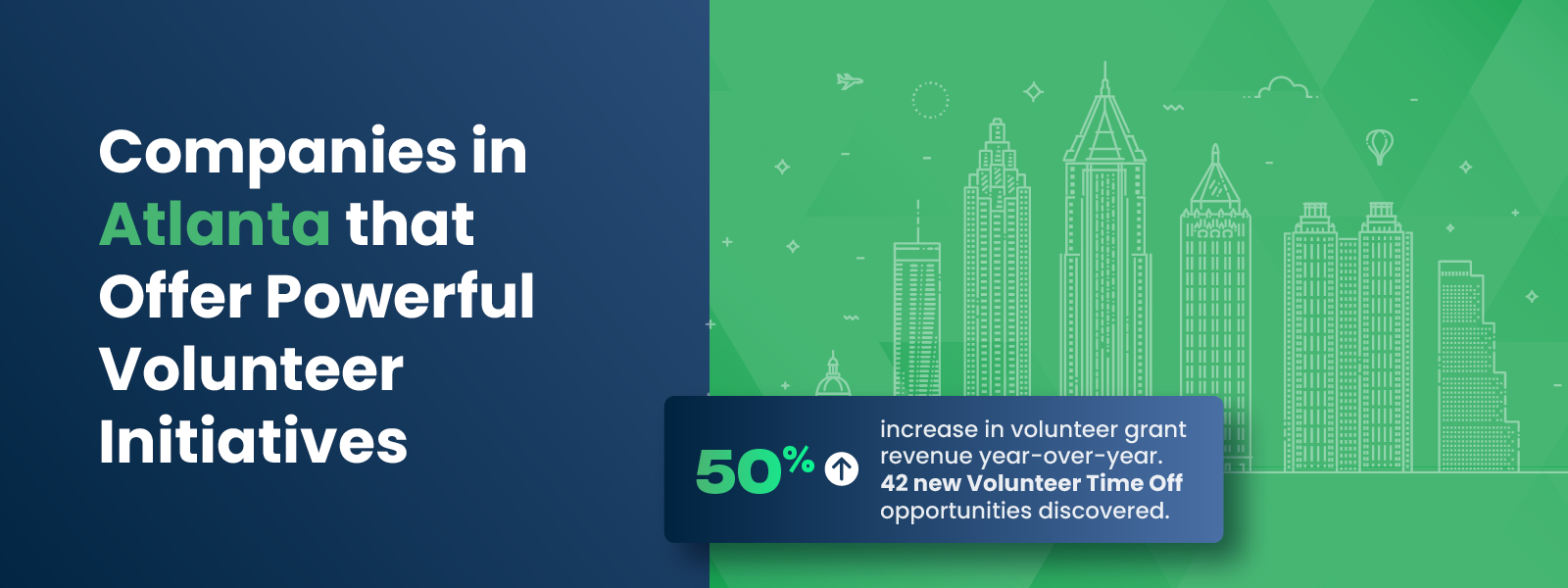
Companies in Atlanta that Offer Powerful Volunteer Initiatives
Atlanta stands as a vibrant epicenter of business innovation…
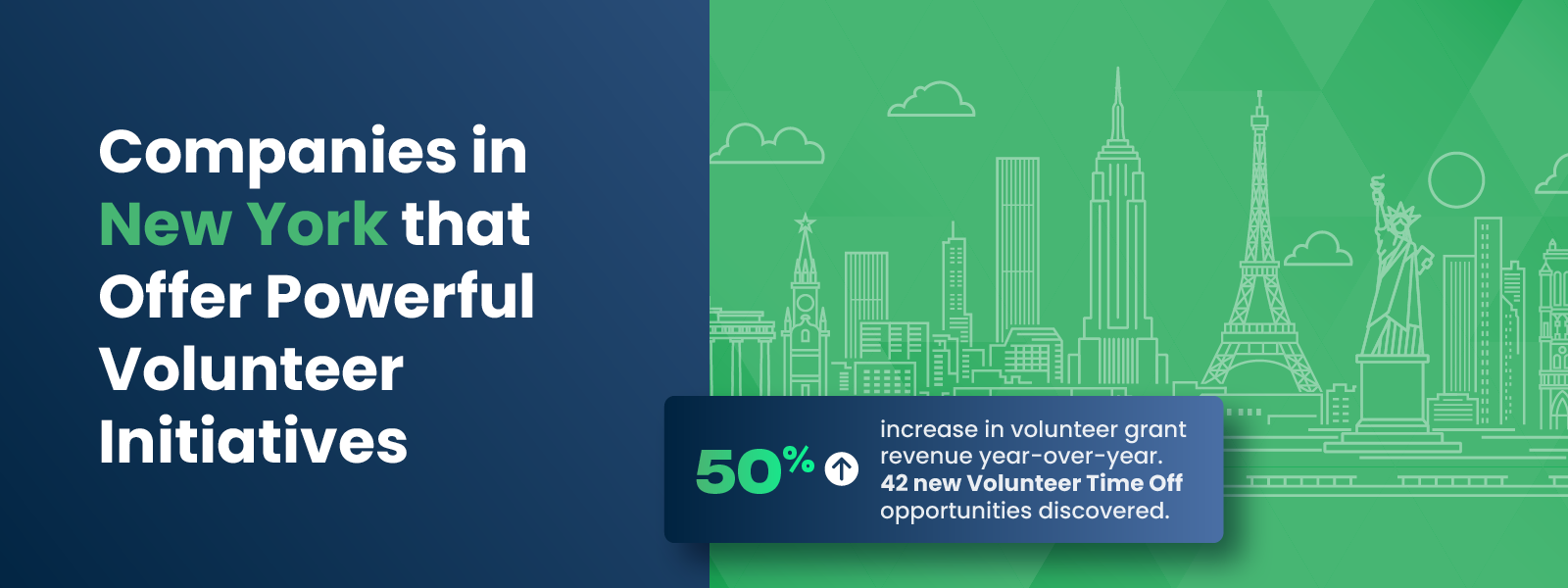
Companies in New York that Offer Powerful Volunteer Initiatives
New York City stands as a beacon of opportunity and innovation,…
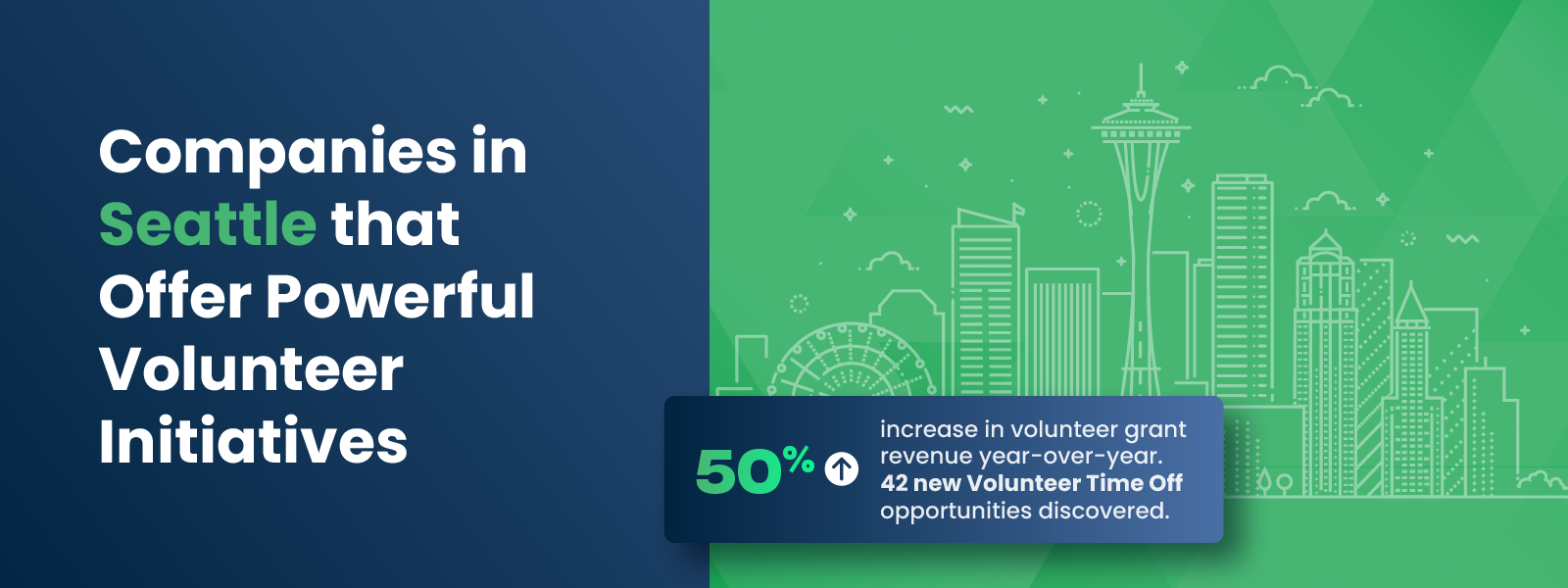
Companies in Seattle that Offer Powerful Volunteer Initiatives
Seattle stands as a vibrant city known not only for its stunning…

